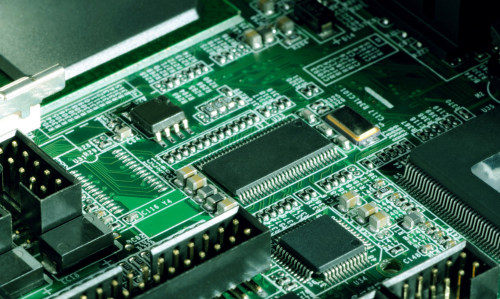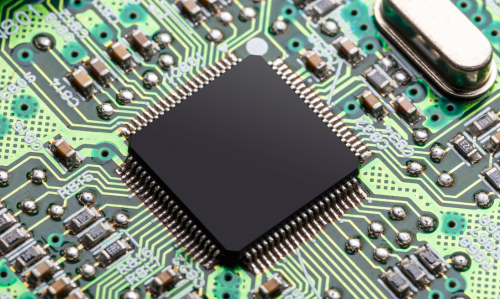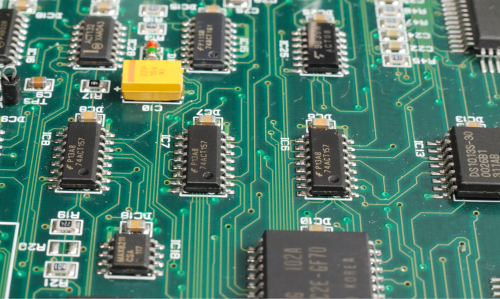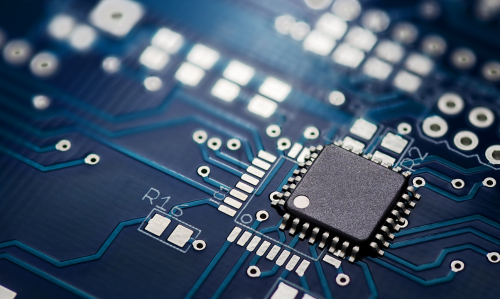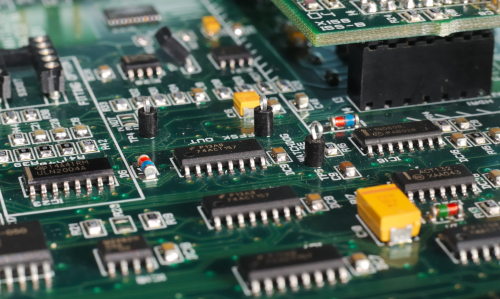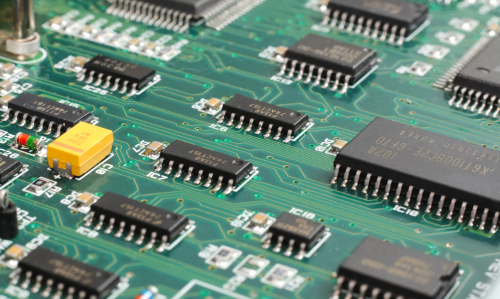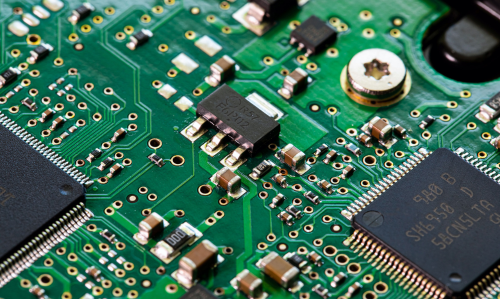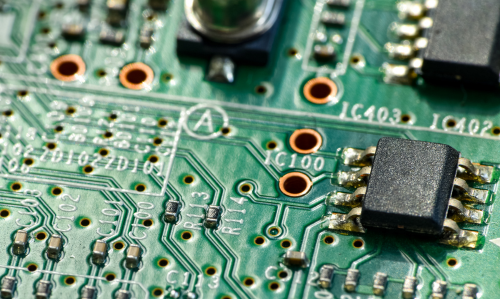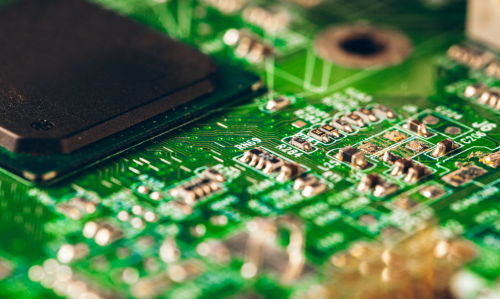The power module topology is half bridge. The main intention for creating such dual power module is reducing the module’s internal stray inductance. In order to minimize the internal voltage spike – one of the bottlenecks for keeping the RBSOA at maximum inverter output current. Each new chip generation shows increased current switching slope di/dt causing higher overvoltage spikes inside the package if the power module’s stray inductance would be kept constant. The issue becomes even more...
Jūs turite būti prisijungę

žinios
-
SiC Power Modules for a Wide Application RangeRead more
Today’s SiC power modules from Mitsubishi Electric (see Figure1) are belonging to the first phase of SiC-commercialization that had started around 2010.
-
SCALE-iFlex LT NTC IGBT/SiC Module Gate Drivers Improve System Observability and PerformanceRead more
PI’s new SCALE-iFlex LT NTC family of IGBT/SiC module gate drivers provides Negative Temperature Coefficient (NTC) data, which enables accurate thermal management of converter systems and ensures proper current sharing. They dramatically enhance the overall system reliability of renewable energy and rail systems with multiple modules arrayed in parallel.
-
Study of Parameters for the Explosiveness of Combustible DustsRead more
The text aims to provide practical guidance for individuals who are faced with the need to assess safety requirements in industrial plants where large quantities of combustible solid particles (dusts) are processed. From a process safety perspective, it is essential that the dust be examined to determine the type of risk involved. Which dusts should be tested? What tests are required? When can values obtained from published sources be used? These are some of the issues that will be addressed...
-
High Power Density, High Performance X-Series 4500V IGBT Power ModulesRead more
Originally, Mitsubishi Electric started the development of the 4500V IGBTs in the middle of 90s. The first commercialization of standard IGBT modules in this voltage class was started in beginning of 2000s. It was a more efficient and compact solution compared to existing 4500V GTO press pack devices. Mainly this development was driven by railway and medium-voltage (MV) drive applications. Meanwhile, a wide variation of the 4500V IGBT modules is available, such as: dual diode modules, modules...
-
3.3 kV Full SiC MOSFETs – Towards High-Performance Traction InvertersRead more
Power semiconductor devices made of silicon carbide (SiC) are regarded as the major innovation in modern power electronics. Compared to classical silicon (Si) devices, SiC enables more efficient and more compact converters to save electric energy and valuable materials.
-
Basics of Electromagnetic Compatibility: What Is It and Why Is It Important? 8 of 8Read more
With increasing complexity and the growing number of electronic devices, the need to ensure the harmonious functioning and coexistence of these devices becomes more and more important. Hence, it is essential to emphasize the significance of Electromagnetic Compatibility. Here are a few key aspects that highlight its importance:
-
Gaining Speed: Mitsubishi Electric SiC-Power ModulesRead more
The research activities on SiC are coordinated in Japan by an organization called NEDO (New Energy and Industrial Development Organization). NEDO is Japan’s largest public R&D management organization for coordinating the innovation efforts in strategic directions. The development of high power density and high withstand voltage SiC power modules is one of NEDO’s main R&D directions and Mitsubishi Electric is a key player in this activity [2]. Several outstanding Mitsubishi Electric...
-
Basics of Electromagnetic Compatibility: What Is It and Why Is It Important? 7 of 8Read more
Here are some essential points to consider when designing devices with EMC in mind:
-
1700V X-Series HVIGBT Power Modules with Excellent Performance and ReliabilityRead more
Mitsubishi Electric has several years of experience and a long development history of 1700V modules for railway application from the start of this century. This year MITSUBISHI ELECTRIC has released the latest generation of 1700V IGBT power modules called X-Series that satisfies requirements of railway applications. Fig. 1 shows the historical evolution of the 1700V HVIGBT modules indicating the continuous reduction of the IGBT forward voltage. The IGBT forward voltage contributes to the...
-
Robust High Voltage IGBT Power Modules Against Humidity and CondensationRead more
The power electronics is exposed to extreme environmental conditions during the operation like dust, temperature, humidity, vibrations or chemicals. The mission profile of the temperature and relative humidity has a wide range dependent on application and the location of operation.
-
Basics of Electromagnetic Compatibility: What Is It and Why Is It Important? 6 out of 8Read more
Modern electronic devices are used in various environments, exposed to different working conditions, and their reliability is of utmost importance to users. Here are several factors that impact the reliability and durability of electronic devices:
-
1200V SiC Hybrid IGBT Modules for High Frequency ApplicationsRead more
The switching frequency in those applications is usually higher than 20kHz, thus exceeding the range for which standard industrial IGBTmodules are optimized for. Since several years Mitsubishi Electric is offering a dedicated IGBT-series for those high frequency applications, called NFH-series. For reducing the switching loss it is using IGBT-chips with an optimized trade-off between Vce(sat) and Eoff. As next innovation step Mitsubishi Electric now is introducing it’s Silicon Carbide Chip...
-
Basics of Electromagnetic Compatibility: What Is It and Why Is It Important? 5 of 8Read more
Proper circuit design and layout aim to minimize electromagnetic interference emissions and ensure immunity to external interferences. Here are some key aspects of circuit design and layout related to EMC:
-
Towards a Greener Future: Highly Efficient SiC Power Devices for Wide Application RangeRead more
The reduction of carbon dioxide and the responsible use of electric energy are main drivers for a more sustainable future society. Silicon Carbide (SiC) and its superior physical properties shall save even more electric energy and make power-electronic converters more compact, which reduces the consumption of valuable materials and resources.
-
Demands by Future Railway Converters and How They Change Power Semiconductor ModulesRead more
In 2015, a consortium of train manufacturers and electric-equipment suppliers started discussions about the future of rolling stocks and radical innovations in the field of railway vehicles. The discussions, as part of the Horizon 2020 Project Roll2Rail, resulted also in technical requirements of tomorrow’s power semiconductor modules. These shall provide:
-
Basics of Electromagnetic Compatibility: What Is It and Why Is It Important? 4 of 8Read more
Electromagnetic emission refers to the process in which electronic devices generate and emit unwanted electromagnetic signals into the environment. On the other hand, electromagnetic immunity refers to the impact of electromagnetic disturbances from external sources on the operation of electronic devices.
-
Advanced Si-IGBT Chip Design for Maximum Overall System PerformanceRead more
Mitsubishi Electric has introduced the new G1 series Intelligent Power Modules (IPM) with an advanced Si-IGBT design to address several key performance parameters and enable the end-user to achieve high system performance. The advancements in the G1 IPM chip technology are aimed at resolving some inherent drawback of the Si-IGBT especially when it is employed for motor control applications. The G1 IPM device has been developed by implementing some key advancements in the latest 7th generation...




